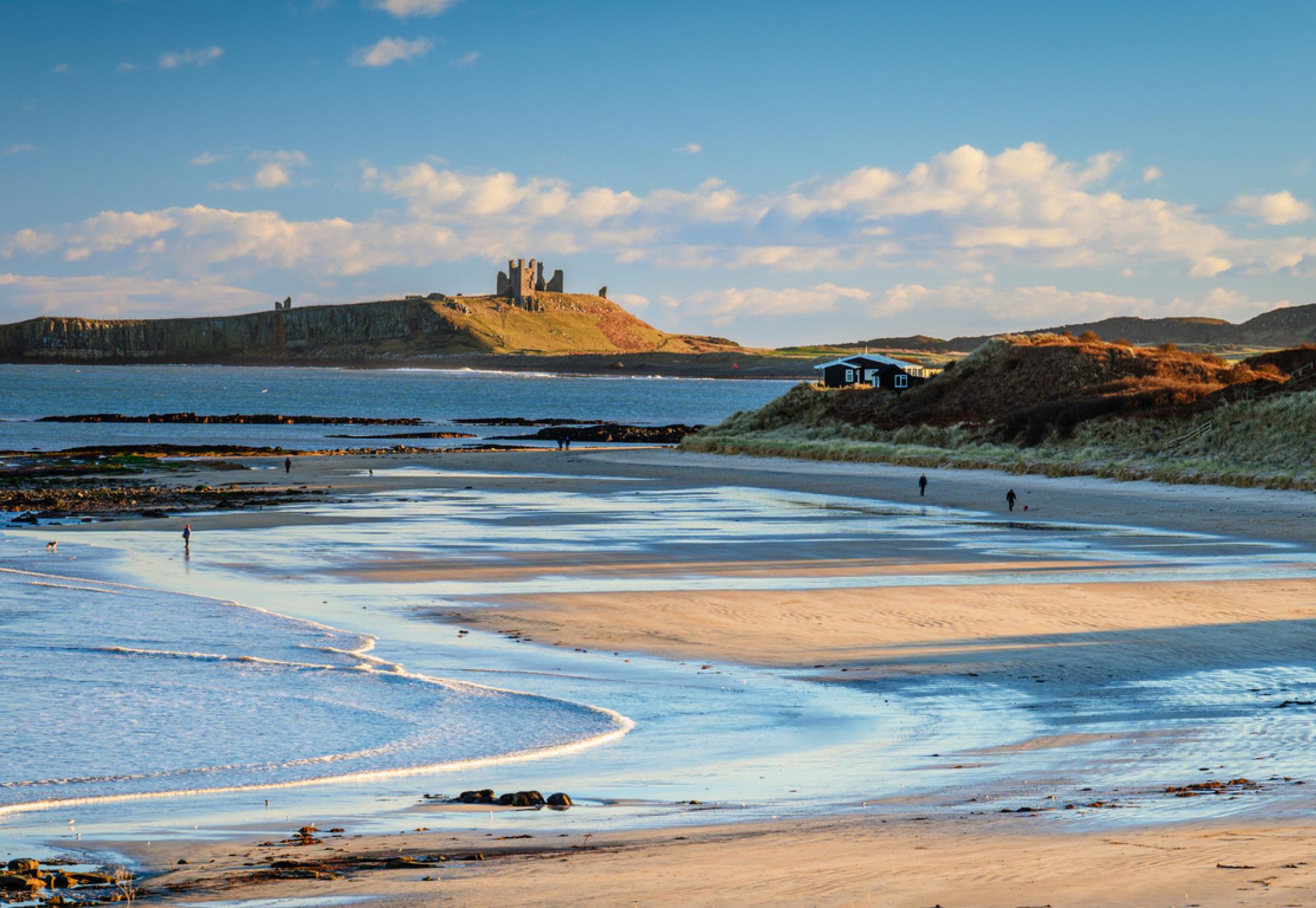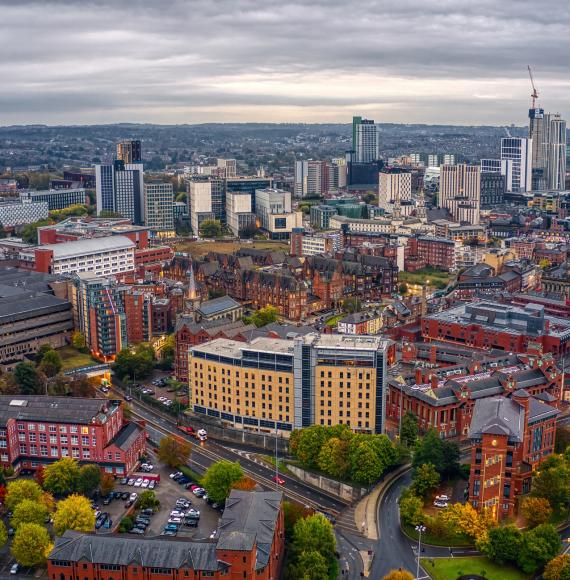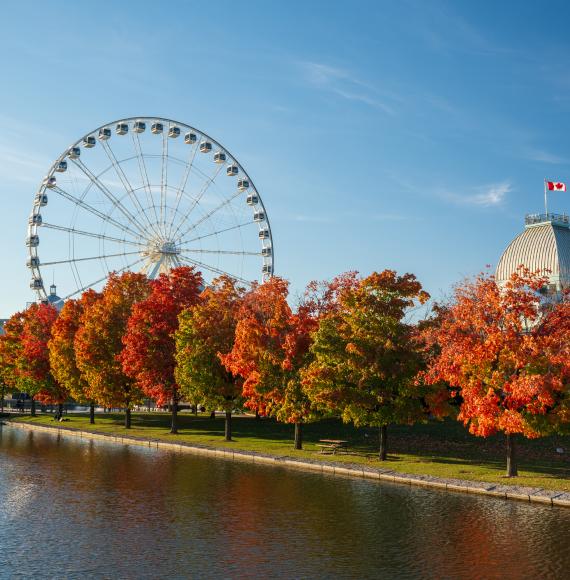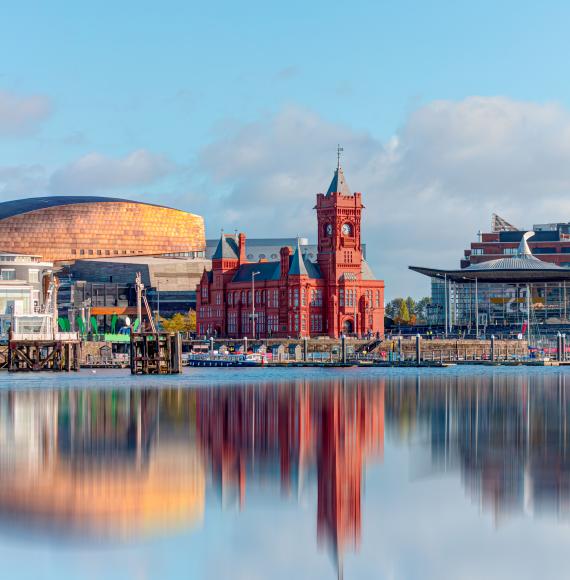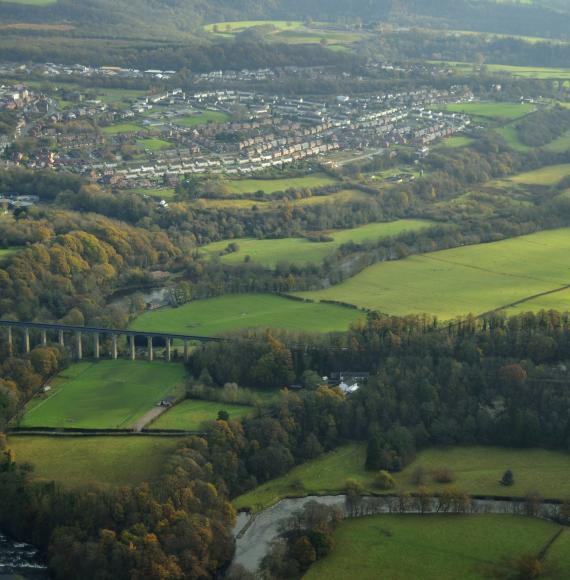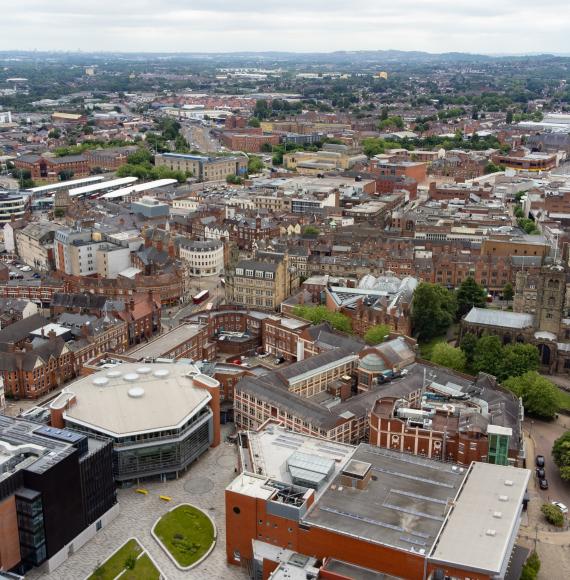The North East Combined Authority has announced that funding is set to be approved for the protection of and growth of rural and coastal areas in the region.
This investment comes as the North East is home to some of the most famous rural and coast land in the country, including the Northumberland National Park, the North Pennines, and more than 500km of coastline. Thanks to this, the region plays a significant role in supporting national farming, food, and forestry, whilst also being popular with tourists.
Mayor of the North East, Kim McGuinness, said:
“When I was elected Mayor I promised to represent and invest in all places across our great North East. We are making good on that promise, using our devolved powers and investment fund to back our rural villages, market towns and coastal communities.
“I live in a rural town and know first hand the North East’s beauty makes our region one of the best places in the world to live, work and visit. However, that beauty must be nurtured and protected, now and for future generations.
“From Berwick to Barnard Castle, we will ensure no place in the North East is overlooked and left behind, and that we create opportunity for all areas across our region.”
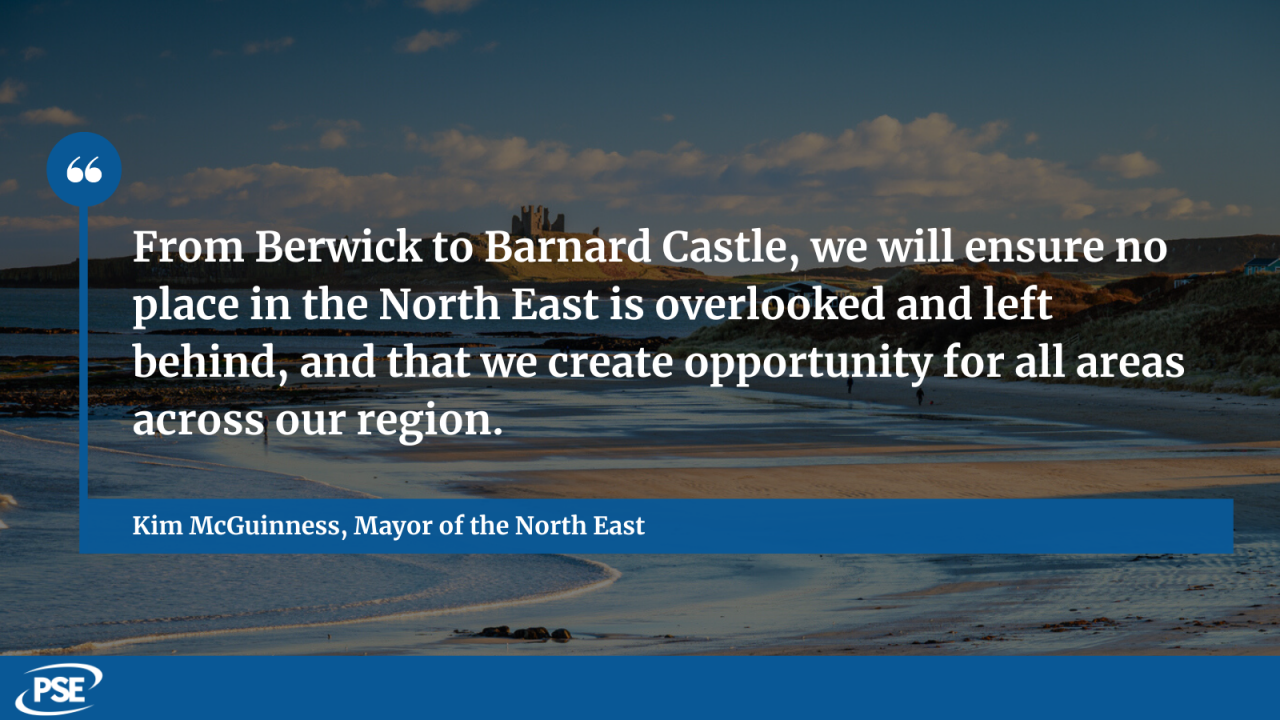
In order to protect and support these rural and coastal areas, the combined authority will use a new Environmental, Stewardship, Coast, and Rural Growth Investment Plan to bring in investment that will not only protect the environment, but also help businesses and communities to grow. Part of this work will also see communities and businesses to work alongside the combined authority to address issues such as affordable housing and digital exclusion.
The combined authority’s Cabinet Member for Environment, Coastal and Rural, Cllr Glen Sanderson, also commented:
"There are strong interdependencies between the North East’s rural and coastal areas and neighbouring urban population and business centres.
"This ambitious plan recognises this and many of our ambitions will benefit the entire region, including accelerating the transition to net zero through investment in natural assets, supporting local nature recovery, building resilience to climate change impacts, and improving people’s health and wellbeing."
Image credit: iStock

